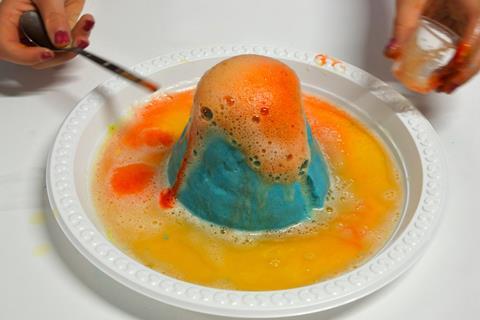
Less than a year after an explosion at an outreach event in Girona, Spain that injured 18, another accident in the same region has hurt four children after a demonstration went wrong. A surprisingly simple experiment – the bicarbonate and vinegar volcano – exploded and burnt some students, who were attending a summer school in Brunyola, a small village south of Girona.
According to several statements in the local media, the summer school supervisor decided to add ethanol to the mixture of vinegar and sodium bicarbonate. It’s unclear whether the ethanol was purposedly lit on fire to increase the impressiveness of the experiment, but at some point an explosion took place, according to eyewitness accounts. Four of the 13 children present received burns ranging in seriousness, and three of them were transferred to a hospital in Barcelona by helicopter.
‘It’s very hard for ethanol to catch fire spontaneously in such conditions,’ explains Aythami Soto, a chemistry communicator and youtuber based in Girona. ‘The reaction between [sodium] bicarbonate and acetic acid is actually endothermic, it absorbs heat,’ he explains. ‘The carbon dioxide generated could create a small explosion if pressurised, but it’s considerably complicated for ethanol to ignite. That process would need around 300°C to suddenly start.’
However, if the ethanol was deliberately set on fire ‘it’s relatively easy to totally lose control’, explains Soto. ‘Once you see the initial flame, you may instinctively shake the bottle to put it out, which really only fans out the fuel and flames, making things much worse.’ The police and fire service have launched an official investigation to ascertain exactly what happened.

On top of the recent accident, Spanish newspaper El País also reported a similar story only a few months ago, also in Girona. In that case, school students carried out the ‘sugar snake’ experiment where a mixture of sodium bicarbonate and icing sugar soaked in ethanol is set alight. Initially, the fire didn’t start properly, and following an uncontrolled addition of ethanol, a teacher and a teenager received minor burns.
Even if experiments seem simple and innocuous, safety should always stay a priority. ‘Chemistry demonstrations [are] exciting, unexpected and memorable, they bring the topic to life in spectacular style,’ says Jamie Gallagher, a trainer and consultant in public engagement. ‘But they must be safe – too often things go wrong when we push the boundaries,’ he adds. ‘We must put safety before spectacle every time … embedding good safety practices communicates a good science message too, [that] science is about understanding, controlling and anticipating.’






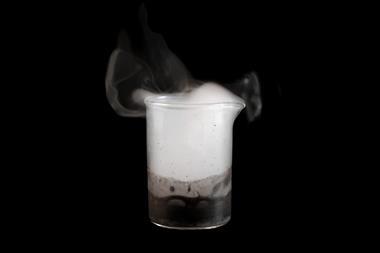
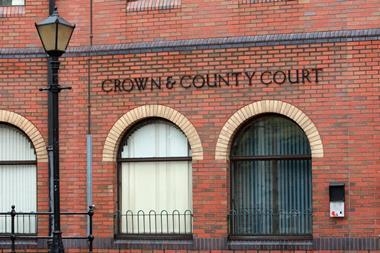
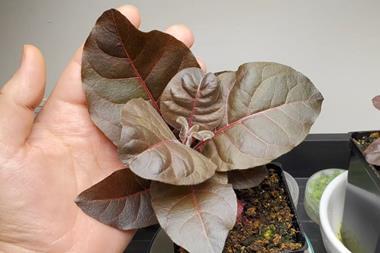
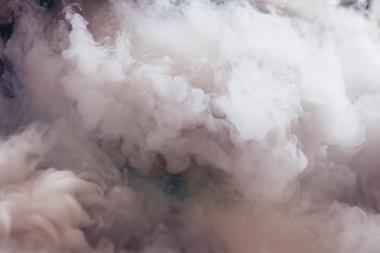







1 Reader's comment